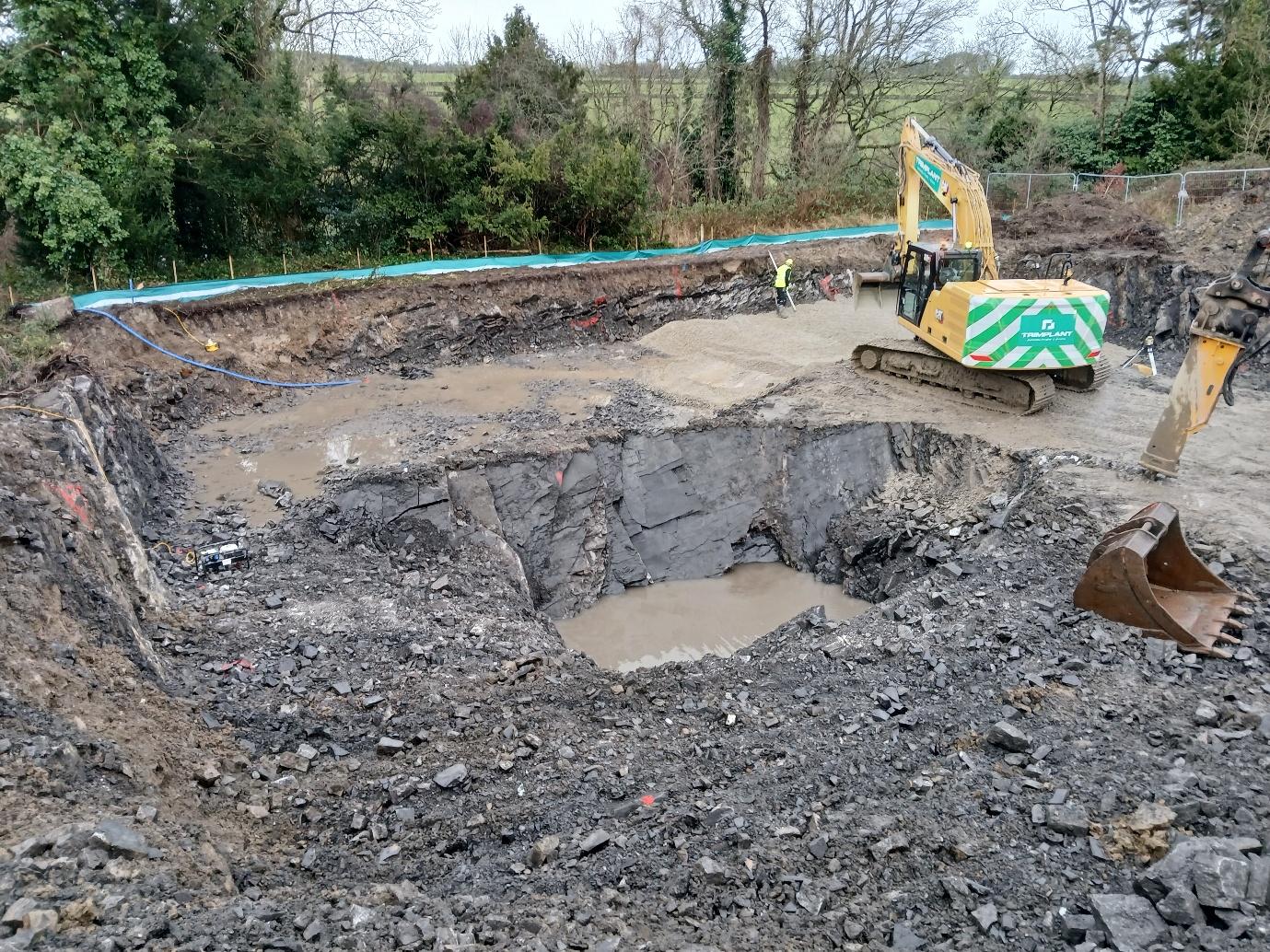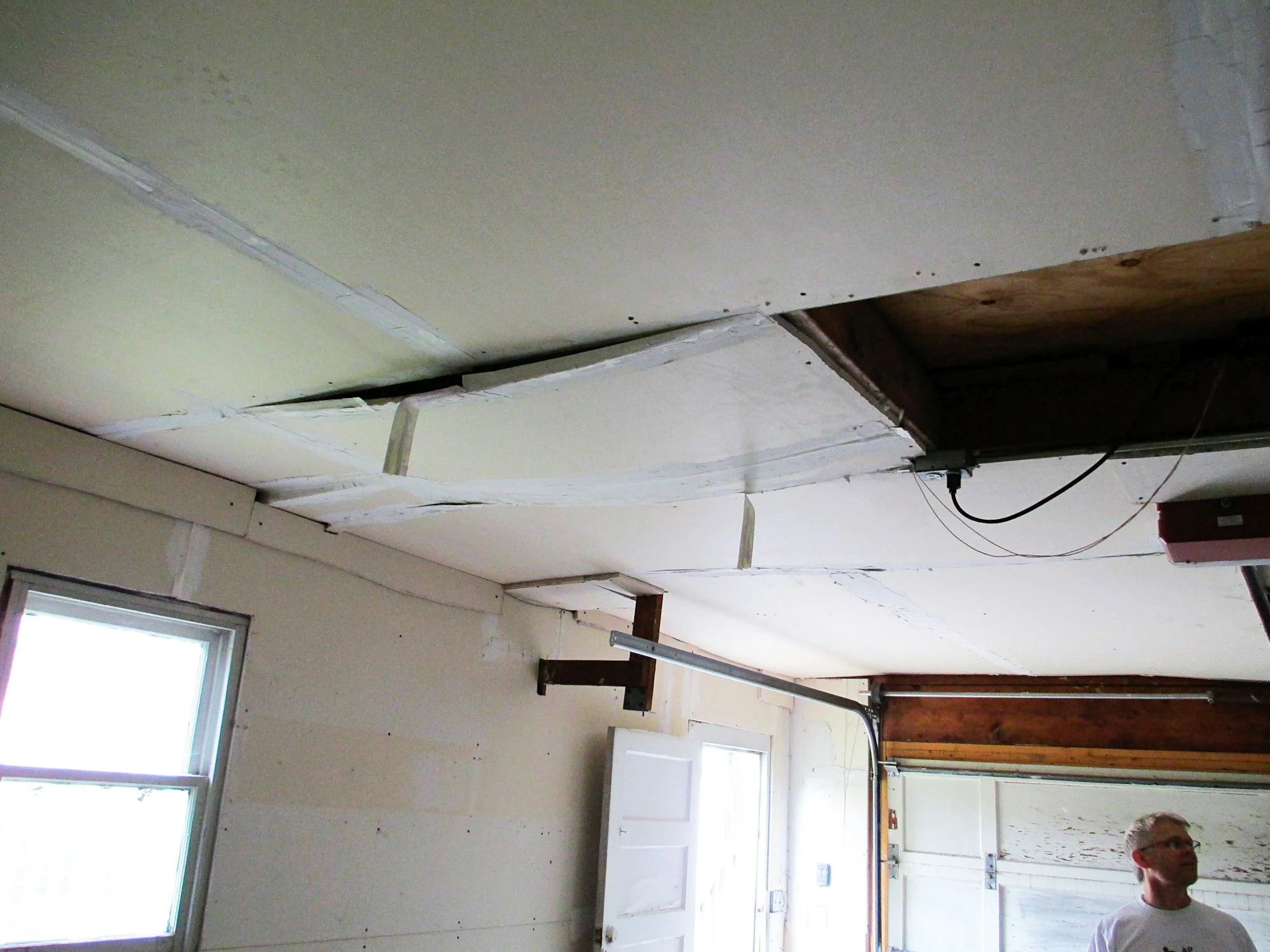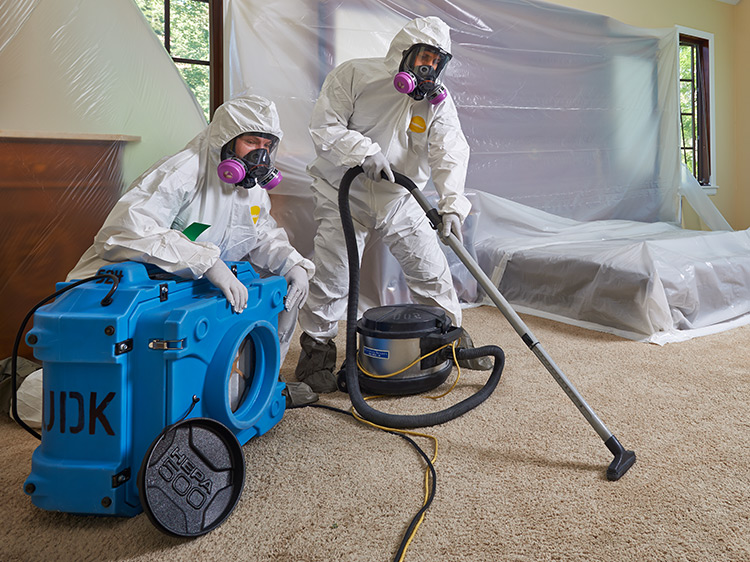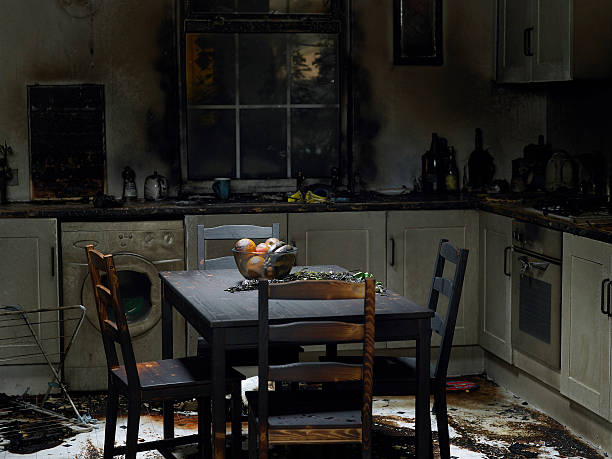How Arts Therapy Helps With Trauma Recovery: Therapist Insights Inside
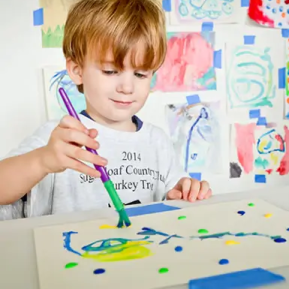
Trauma never surfaces the same as visible wounds do. It stays buried deep, shaping behaviors, thoughts, and relationships even long after an event or an episode. Healing involves more than just talking, as it demands the safest ways to process pain that words fail to express. Creative expressions act as a strong bridge. Arts therapy fulfills that need by engaging imagination, spirit, and body across the therapeutic journey. Those who deal with trauma often rediscover their renewed hope through the arts therapy process.
Why Creative Therapy Deserves Attention in Trauma Work
The arts give voice to the silence that shapes into an intangible and a bridge between outer clarity and inner chaos. In the following sections, we will explore how trained therapists use their innovative methods to help trauma survivors recover.
Expression Without Words Unlocks Healing
Verbalizing trauma can feel impossible. Some clients freeze when asked to explain what happened. Others struggle to remember. Arts therapy opens another door. Holding a brush or a lump of clay, people realize that they have finally learned to say something--though not by words.
The artists always find that their art makes the therapists realize that their clients are struggling emotionally, despite never having mentioned their problems. These nonverbal expressions reveal anger, grief, confusion, or fear. As creative work sessions unfold, clients get a chance to get into their work and contemplate what emerges. Perception is opened up by the instrument of imagery, shape, and color without pressuring direct dialogue until one seems prepared.
Trust Rebuilds Through Parent-Child Interaction
Even the most caring relationships can be hurt by trauma within a family. A child can become inward, and a father or mother can become overprotective or withdrawn. Rebuilding that trust takes time and care. Parent-child therapy involving the utilization of creative activities provides a secure environment for reconnecting.
One powerful approach involves shared art-making. Together with families, the children work on murals, write short stories, or create symbolic sculptures. These activities are not interested in the end solution but are more rooted in communication, presence, and emotional healing. The therapists help control the process by seeing how two people cooperate and encouraging genuine emotional modes of communication.
The integration of creative instruments in parent-child therapy can help display more accurate relationship patterns. In the long term, some families feel they are much closer, have less conflict than before, and have developed a new emotional path.
Trauma Becomes Tangible and External
Trauma can usually reside within the body as strain, terror, or flashbacks. It remains shapeless and overwhelming. It is real, though within the spectrum of an individual's control, when an individual is offered to sketch or create something illustrating what they have seen and/or felt.
Many therapists' initial exercises involve asking the client to create imagery metaphors: What does sadness look like? What color is your fear? With time, turning inner disorder into external pieces acquires hindsight. The client begins to distance themselves more and has a better comprehension of emotion instead of being dominated by it.
Arts therapy encourages this gentle externalization. A painted storm, a sharp clay sculpture, or a dance full of abrupt movements are all valid ballots worthy of being kept in trauma banishing.
Creative Repetition Builds Nervous System Regulation
Trauma dysregulates the body. Survivors often feel jumpy, overwhelmed, or numb. Creative activities provide a sense of repetition to rebuild inner composure. Repeating brush strokes, the thumping rhythm of a drum, movement, and pattern bring stability back.
Therapists use their sessions to provide body-awareness cues: they ask clients to feel their breathing or the weight of their hand in drawing. These minor modifications anchor individuals in the moment and enable people to develop future emotional-management devices.
Arts therapy facilitates mental processing and physical equilibrium. Because of the creative work, clients have found their sleep to be much improved, their calm side has emerged, and their emotional thrills are much reduced and relaxed.
Identity Restores Through Self-Representation
Trauma often erodes a person’s sense of self. Coping with survivors can be challenging, as they might no longer trust in their memory or not feel like their old selves. Identity may be reconstructed through art, one image at a time.
In the forms of therapy, therapists may recommend self-portraits, vision boards, or personality-driven storytelling during the recovery process. Such imaginative work assists the clients in re-imagining themselves not as broken but as a growing process. The process gives control back to the survivor. They decide to be what they want to be, portray themselves the way they wish, and narrate their lives the way they desire.
Lifelong Skills That Continue Beyond Therapy
Clients may also resume creative practices long after formal sessions have been completed. Some write in diaries with symbolic sketches, and others compose music or poetry to record the experience of emotional milestones. These acts become tools for continued growth.
Therapists will tell you that arts therapy is not only a recovery process; it teaches individuals the habits they need to live the rest of their lives feeling emotionally well. The methods become internalized. Creative practices evolve into rituals of self-care and reflection. Healing doesn’t stop when therapy ends. In most cases, it becomes an individual and meaningful, continual expression to most people.
Conclusion
Healing through the power of art is no longer about perfection. It indicates possibility, presence, and transformation. Trauma often shapes an individual's past; however, it never has to define the future. Guidance and creativity take a step ahead with the source of clarity, strength, and better connection.
At Art Therapy LLC, we offer compassionate, evidence-based care to individuals and families, helping them deal with trauma with positivity. To start this therapeutic journey through creative expressions, contact us today!
Note: IndiBlogHub features both user-submitted and editorial content. We do not verify third-party contributions. Read our Disclaimer and Privacy Policyfor details.



